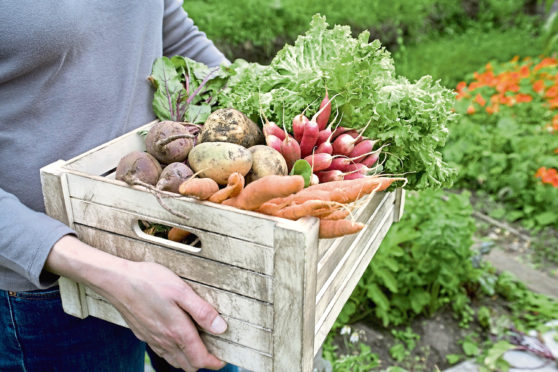The post-Brexit trade deal between the EU-27 and UK is proof that the devil always lies in the detail.
Sorting that out will be down to officials rather than politicians, but that process demands goodwill and a sense of urgency.
There is evidence both are lacking in Brussels, where the collective view is to park Brexit, make the best of it and move on.
Issues that directly affect farmers, including seed potatoes and sheep exports to Northern Ireland, are in the slow lane of the complex committee process to resolve disputes.
The key issue going forward will be equivalence.
The UK prioritised sovereignty over market access, meaning it did not accept mutual recognition of standards.
While agriculture is protected for now, policy changes will raise the issue of equivalence – a good example being if the UK Government allows gene editing, which is currently blocked by the EU.
However the first real test will come sooner, when farmers somewhere in the EU block imports from the UK.
The EU-27 is now a huge and direct competitor for the UK, right on its doorstep.
The EU is already the world’s biggest agricultural trader, with growth ambitions for food central to its economic strategy.
The scale of that competitive threat has been underlined by Brussels agreeing a package of 183 million euros (£162.5m) to support food promotion in 2021.
It has streamlined the approval system for businesses to seek support, which covers all aspects of food from overseas market visits, through direct consumer promotion to PR and marketing.
Plans must fit with the EU’s Green Deal and priority will go to organic food, fruit and vegetables and what is described as sustainable agriculture.
Meanwhile, the EU claims it is making progress on a trade deal with China, which after fallouts with the United States in the Trump years is looking towards Europe.
Like food promotion this reflects a new, more aggressive EU strategy to secure global trade deals.
